Teaching Empathy to Kids
The world of teaching empathy to kids can be yours!
Empathy has a profound impact on a child’s development, fostering not just kindness but also a deeper understanding of the diverse tapestry of emotions that make us human.
Get ready to nurture little hearts and minds, sowing the seeds of empathy that will undoubtedly blossom into a garden of empathy, understanding and interconnectedness.
Be sure to check out even more of my helpful parenting tips, too!
This post contains affiliate links.
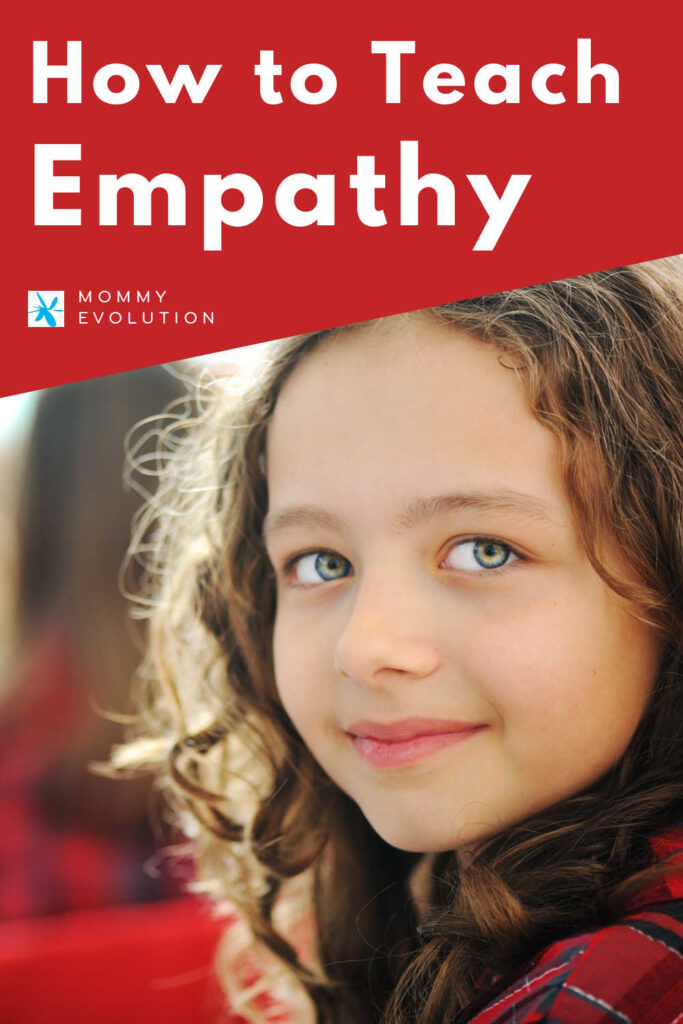
Let’s face it – kids are selfish. Because they are new to the world, they only know how they feel and how life affects them.
However, you can begin to change that even while they are still in their “me me” phase.
Along with these terrific tips on teaching empathy to kids, be sure to add in Childrens Books About Empathy, Elementary Books That Teach Empathy, Teaching Empathy to Teens with Books and Books About Empathy for Middle School.
Are Empathy and Sympathy the Same
Most people think of this as a synonym for sympathy, but it’s not.
Sympathy implies feelings of pity or sorrow for the plight of another. People offer condolences at funerals because they are sorry that someone they care about is hurting. They are showing their support.
Well, if sympathy is picking up a hurt friend, empathy is giving them the shoes off of your feet. Empathy is literally being able to see yourself in the same situation as another.
You, Me and Empathy: Teaching children about empathy, feelings, kindness, compassion, tolerance and recognising bullying behaviours Learning to Listen, Learning to Care: A Workbook to Help Kids Learn Self-Control and Empathy
Learning to Listen, Learning to Care: A Workbook to Help Kids Learn Self-Control and Empathy UnSelfie: Why Empathetic Kids Succeed in Our All-About-Me World
UnSelfie: Why Empathetic Kids Succeed in Our All-About-Me World The Kindness Curriculum: Stop Bullying Before It Starts
The Kindness Curriculum: Stop Bullying Before It Starts
It opens up an entirely new connection between you and someone else.
For instance, you might feel bad because someone has lost their dog, but an empathetic person realizes that it could be their dog. This feeling may cause them to go out and help look for the missing animal.
Can Empathy Be Taught
Absolutely! While some may argue that empathy is an inherent trait, it’s widely accepted that empathy can be nurtured and developed through various means.
Teaching empathy to kids involves creating an environment that encourages emotional intelligence, perspective-taking and compassionate communication.
Engaging activities, thoughtful discussions, and modeling empathetic behavior are powerful tools in shaping young minds.
Feelings & Emotions Worksheets Chart 75 Pg Printable Bundle Self-Esteem Worksheets 20 Item Printable Bundle for Kids & Teens
Self-Esteem Worksheets 20 Item Printable Bundle for Kids & Teens Character Education Lessons Lapbook Bundle, Includes Kindness, Patience, Self-Control, Honesty, and Respect
Character Education Lessons Lapbook Bundle, Includes Kindness, Patience, Self-Control, Honesty, and Respect 36 Weeks of Social Emotional Learning for Pre-K
36 Weeks of Social Emotional Learning for Pre-K
Just like any skill, empathy can be honed and refined over time, helping children grow into empathetic individuals who understand and appreciate the emotions of others.
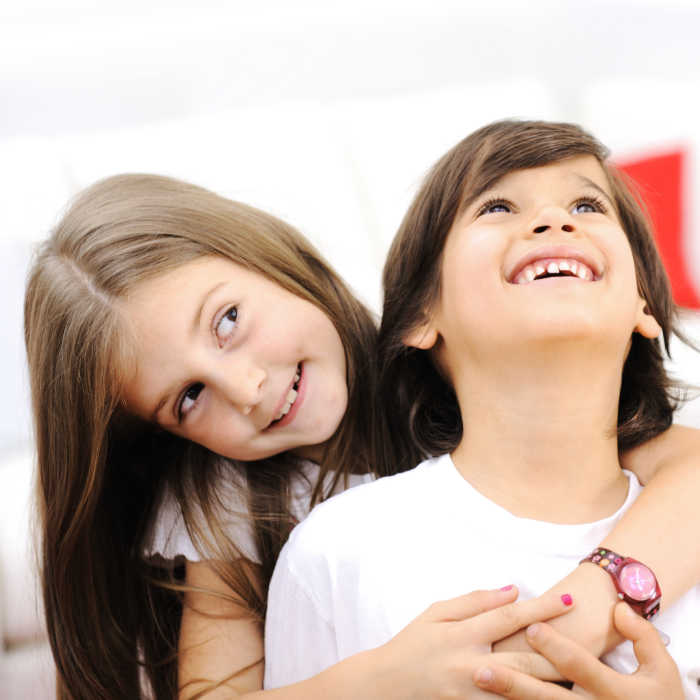
So, yes, empathy is not just a concept to grasp but a skill to cultivate in your child. That’s why it’s such an important part of Social Emotional Learning.
Teaching Empathy To Your Kids
So how do you help your kids develop empathy? Here are some tried and true tips that you can implement at home.
Meet your child’s emotional needs
By paying attention to your child’s emotions and helping them identify what they feel, you are teaching them about themselves. When they understand what it feels like to be angry, sad, fearful, loved and the like, they are more likely to recognize these feelings in others. A child who can identify a feeling is more likely to help another.
Read How to Help Kids Understand Their Emotions to start this journey. And grab these Emotions Postcards.
Provide opportunities to help others
All people are not living in the same conditions as you and your children. Presenting opportunities for them to help those who are homeless or hungry, they learn how others may live and that they can play a small part in bringing goodness into the life of another.
A couple of times a year we go through all of the toys in the house and decide if it’s something they actually use or would another child benefit, especially a child whose parents don’t have the money to buy these toys.
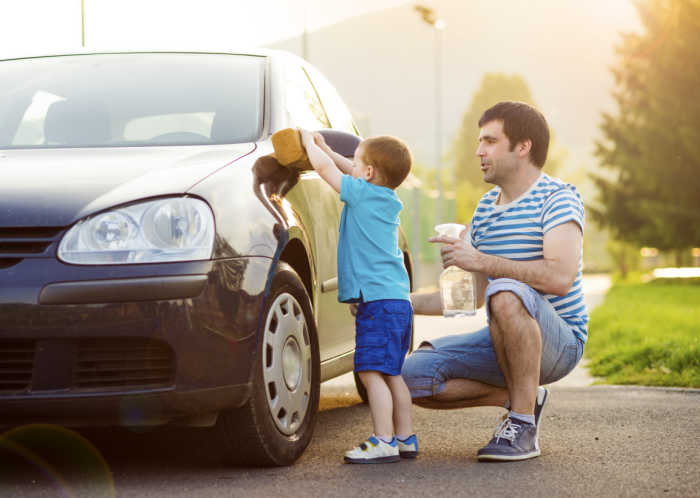
Reading Childrens Books About Kindness can help them learn how helping others is important, too.
And be sure to read the 10 Ways to Raise Kind Kids.
Demonstrate empathy yourself
If you can’t identify with others, it’s hard to teach it as a value to your children. Help them understand how you see yourself in the position of another.
Share those feelings with your child… they are listening and learning from you!
Teach responsibility
Knowing that their actions have repercussions not only for themselves but also for others, provides the framework for empathy. Children who see how they can affect others and understand that they have to make reparations when they hurt another, develop a connection between cause and effect.
Read Childrens Books about Responsibility or Elementary Chapter Childrens Books on Responsibility with your child to help them expand their understanding.
Encourage their desire to help
Many charities and organizations today have been born from the mind of a child. They desire to help someone using what they have at their disposal. And, you know what? It is always enough.
As a parent, teach your children how to tap into available resources to reach their dream of assisting another.
Empathetic kids will give you the shirt off of their back if you need it.
Key Education Social Skills Boxed Game Set, 15 Board Games With Social Emotional Learning Activities Learning Resources All About Me Feelings Activity Set – Social Emotional Learning Games,
Learning Resources All About Me Feelings Activity Set – Social Emotional Learning Games, Learning Resources Be Kind Cubes
Learning Resources Be Kind Cubes Key Education Social Skills Activities for Kids
Key Education Social Skills Activities for Kids
So start teaching your child about empathy – and learn how to broaden their emotional intelligence with Social Emotional Learning At Home and these Social Emotional Learning Books for Kids.
More Emotional Learning Resources
In today’s fast-paced and dynamic environment, the importance of emotional intelligence is a crucial skill set for personal and professional success for our children.
- SEL & Growth Mindset Lesson Plans
- 25 Calm Down Breathing Exercises for Kids
- Emotions Preschool Activities
- ABC Growth Mindset Cards
- Emotional Intelligence Kit
- Emotions Social Story
- Draw & Write Emotions
- Emotional Regulation Starter Kit
- Embracing Emotions with Yoga
- ABC Calm Down Cards
- Emotional Regulation Strategies
These emotional learning resources foster emotional intelligence, empathy and self-awareness.

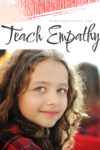






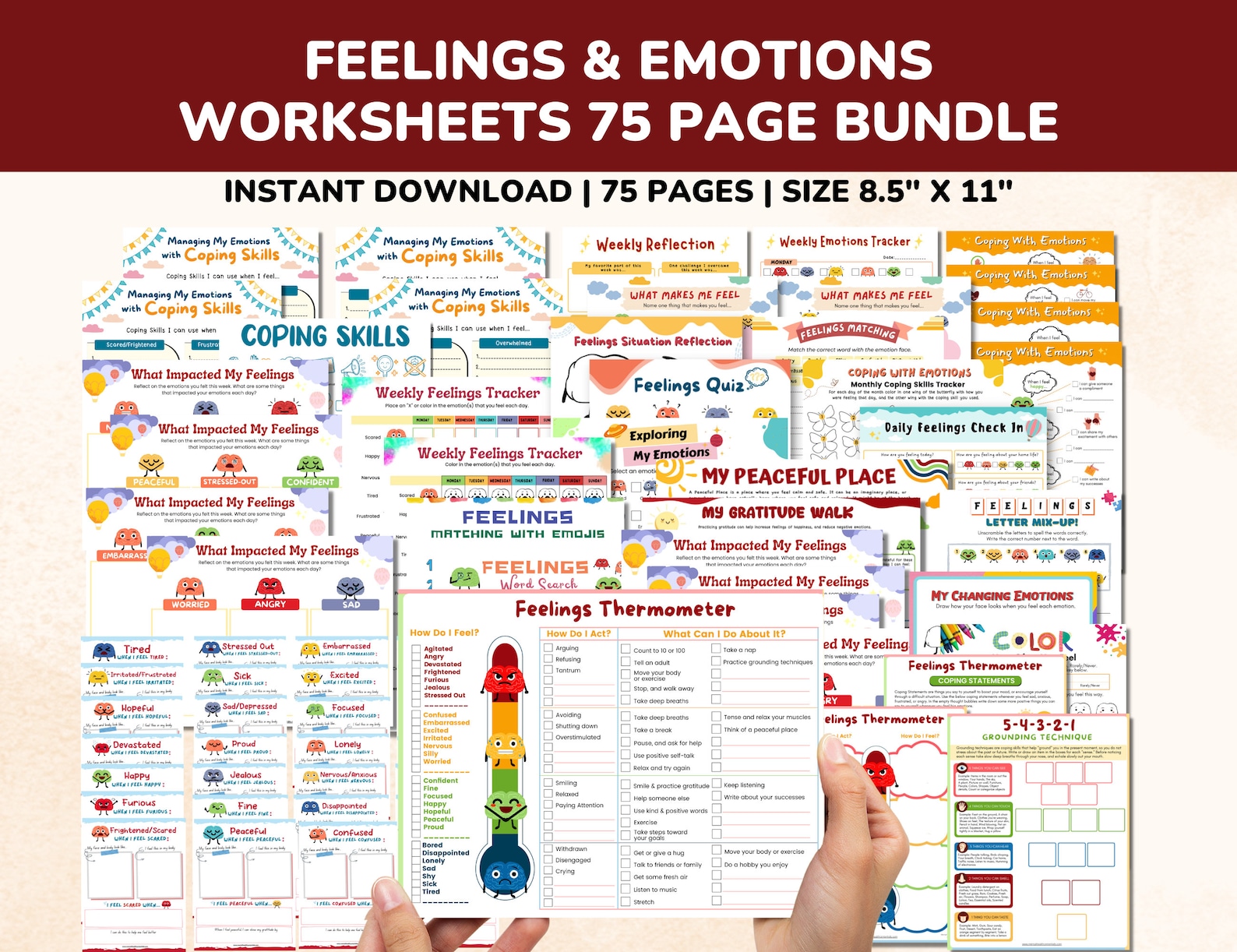
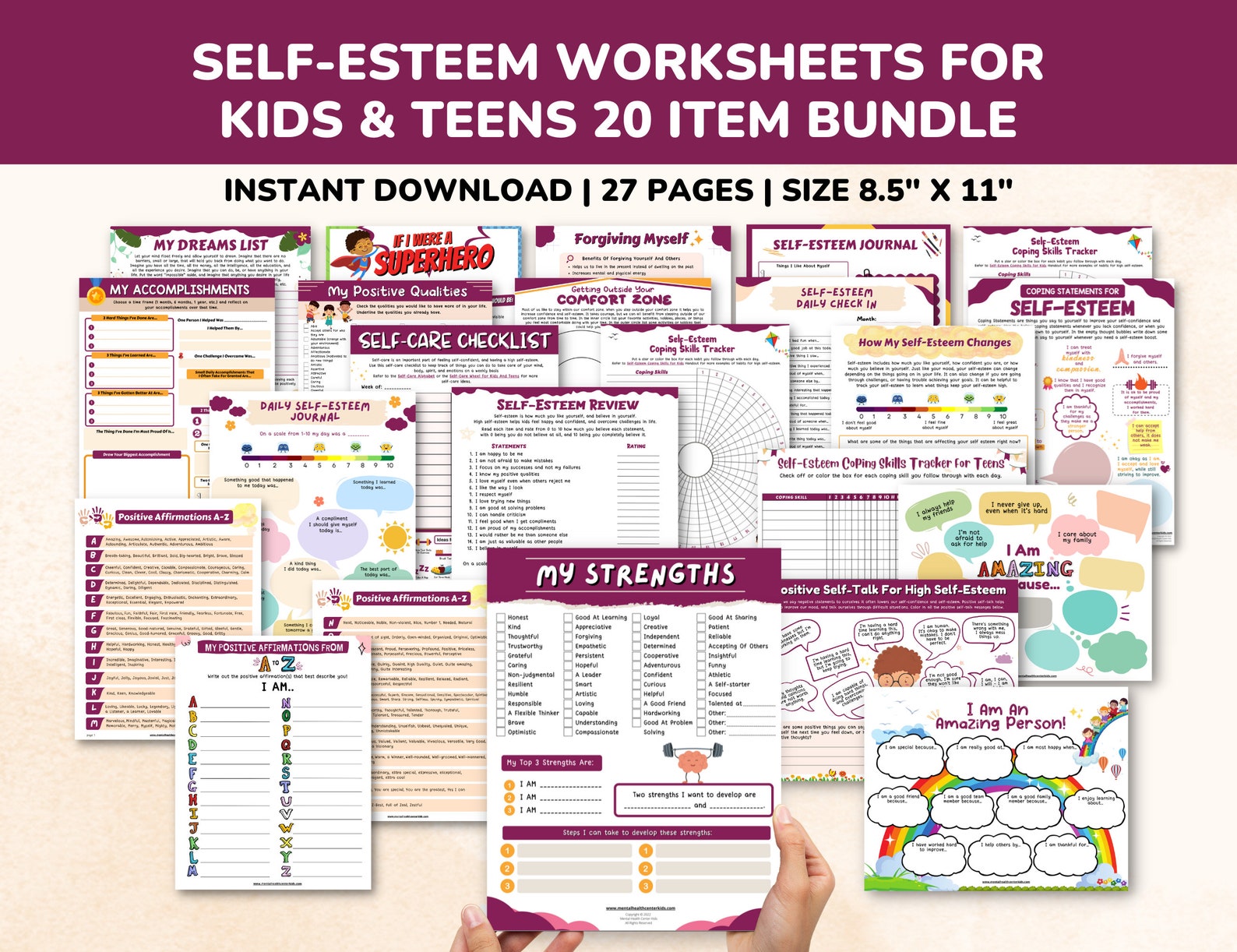
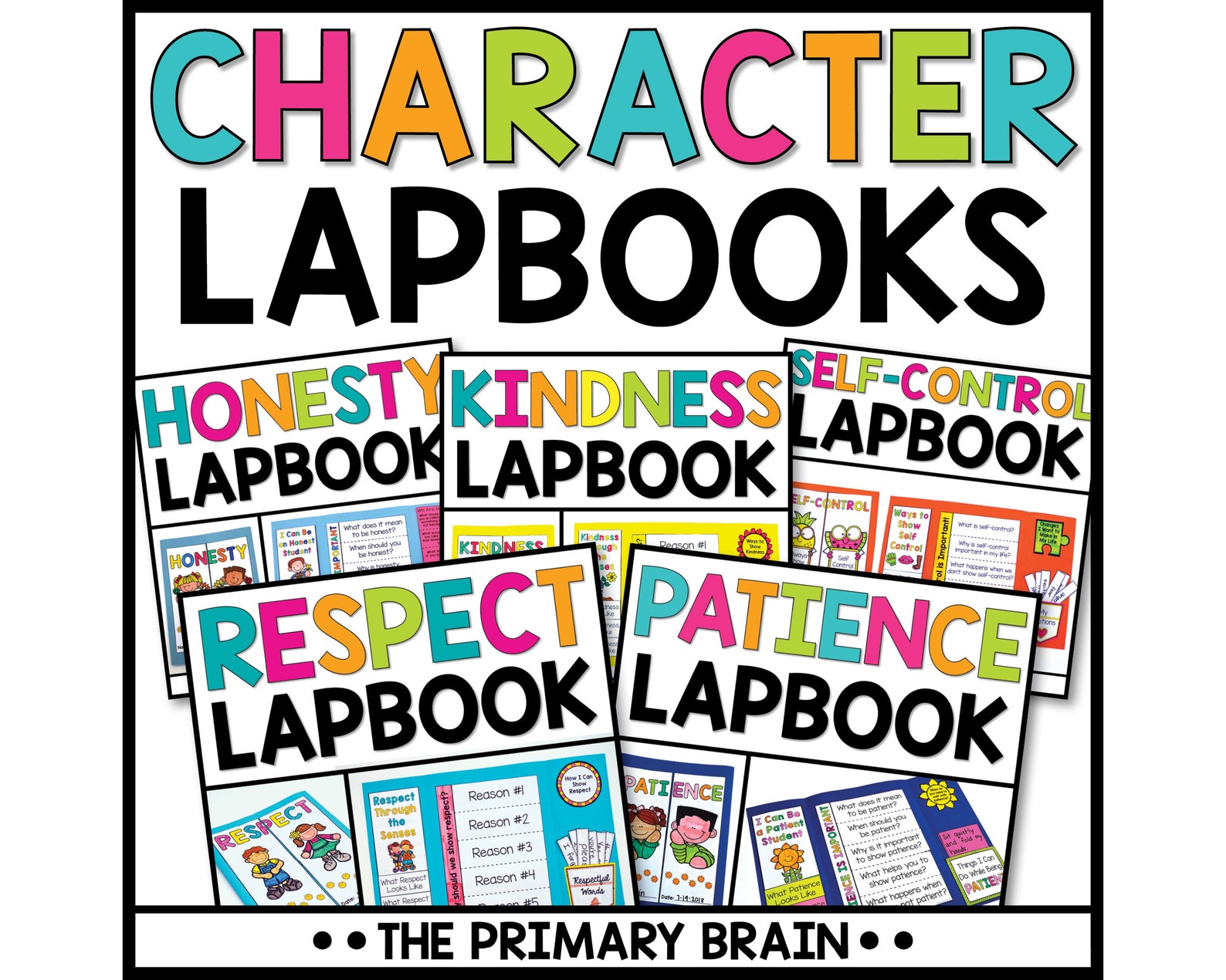
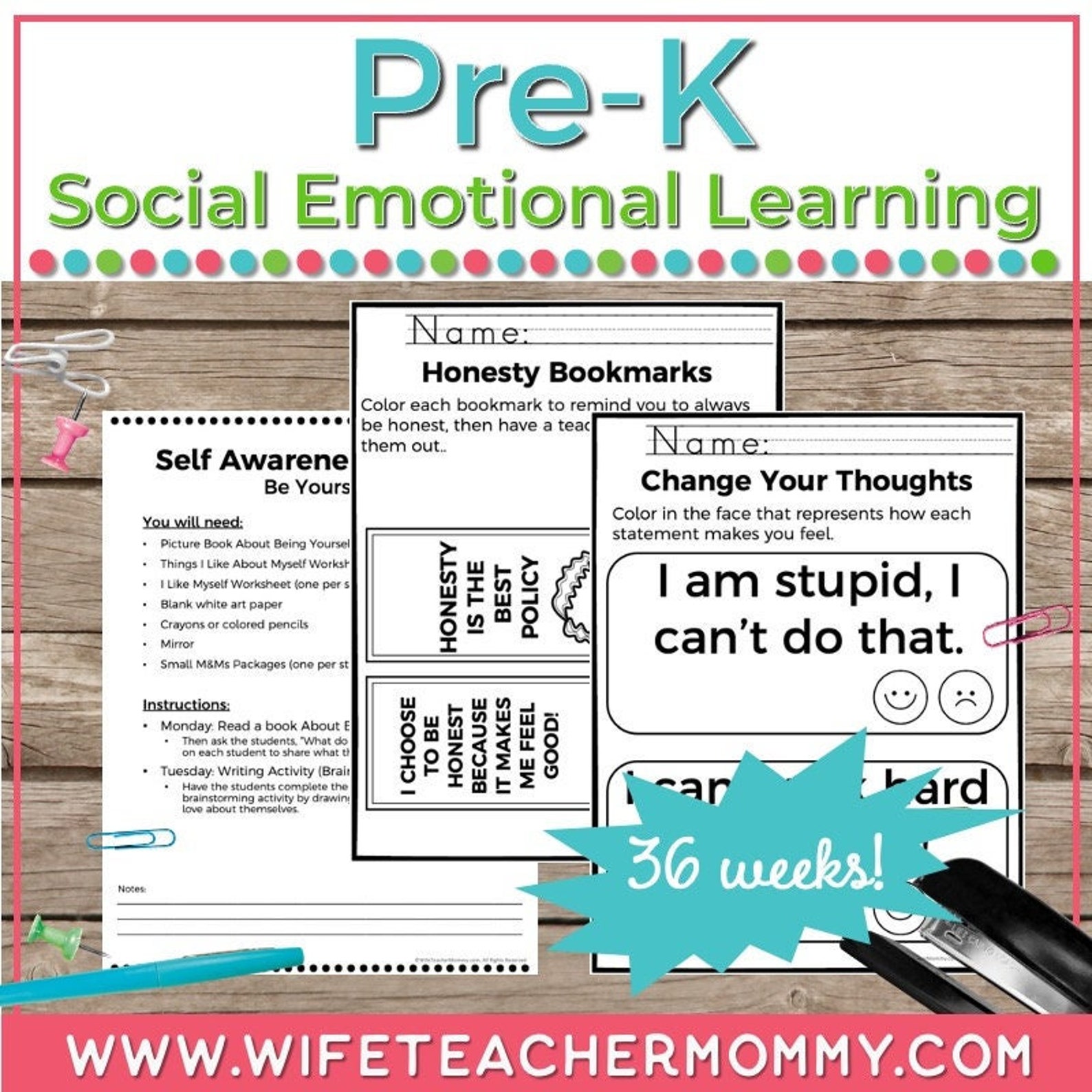




I’m a great grandma to five now, but I still remember my dad saying “how would you feel if that was you?” when we saw a child in a wheelchair. Adopting “how would you feel if that happened to you” thoughts surely helped me develop into a more compassionate person. I taught my children the same, and they have taught their children. As a family en mass, helping others, we are a force to be reckoned with!